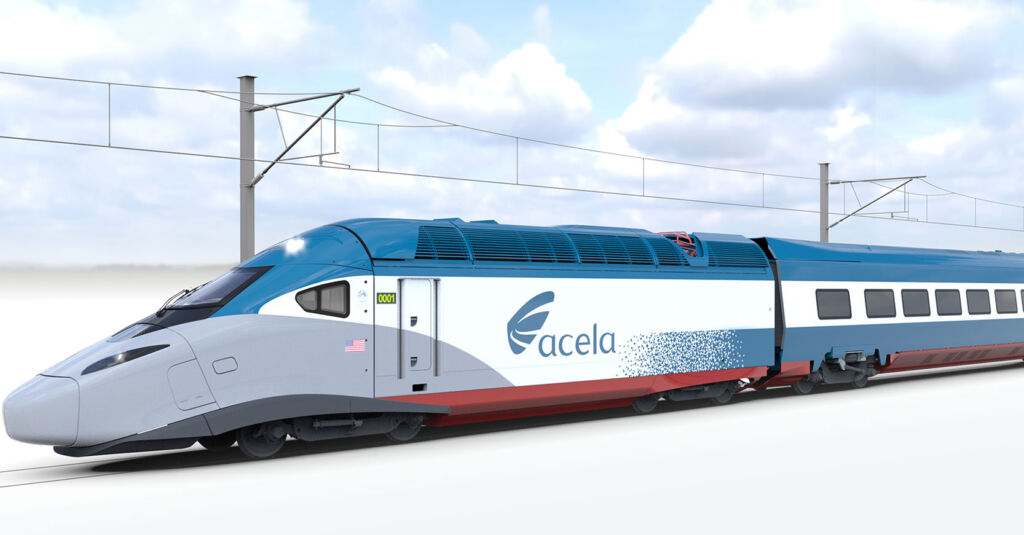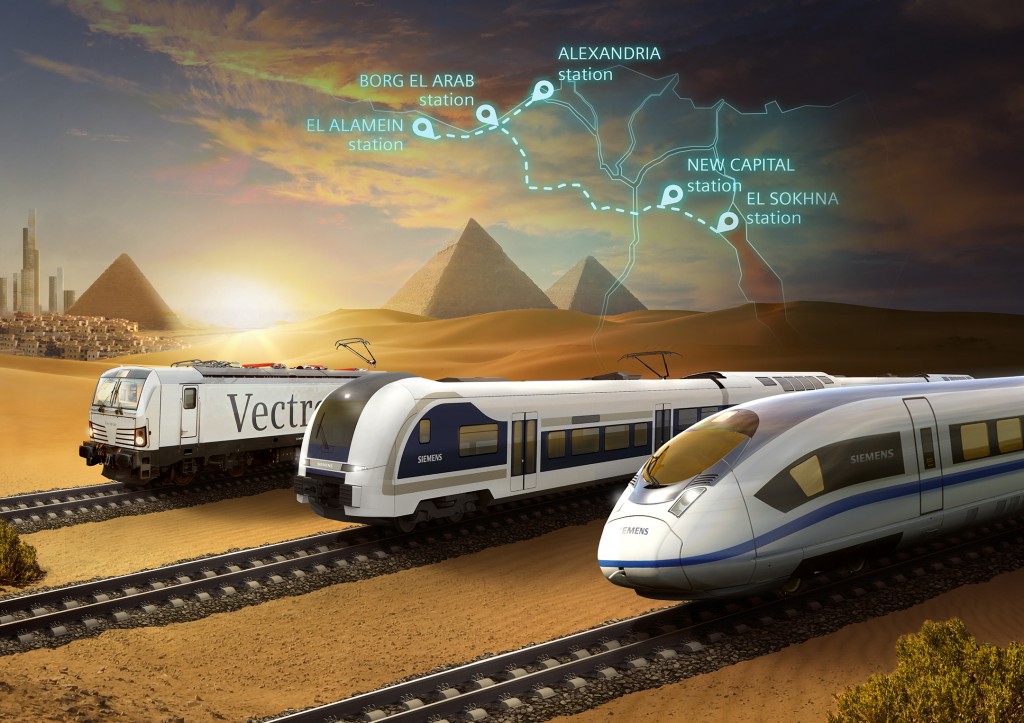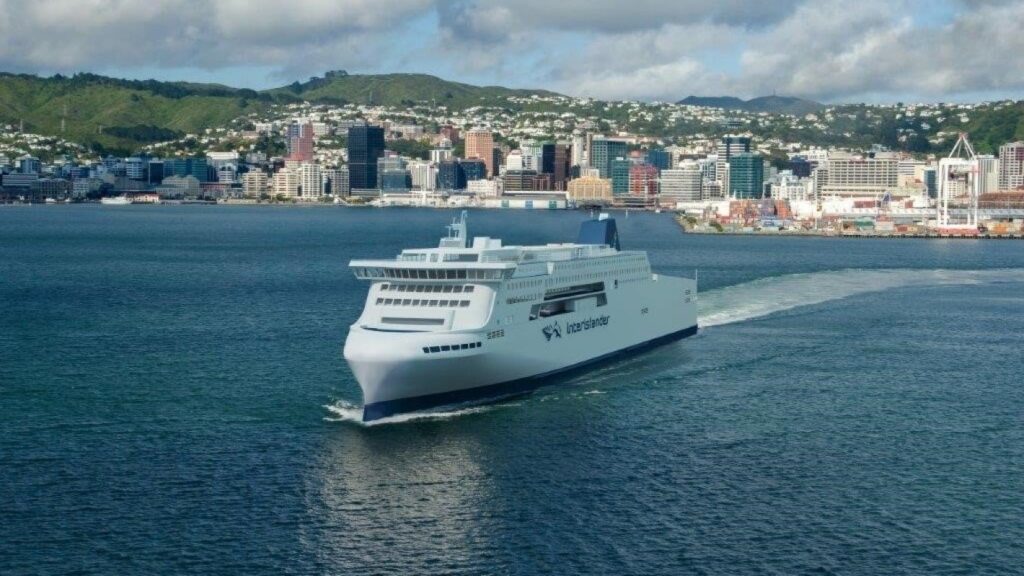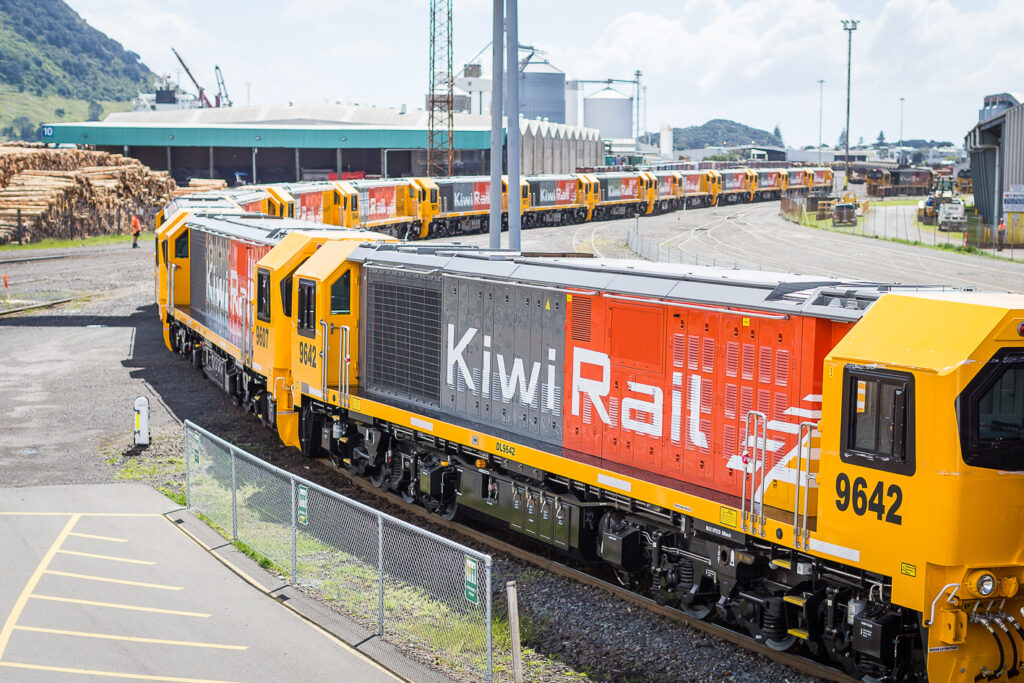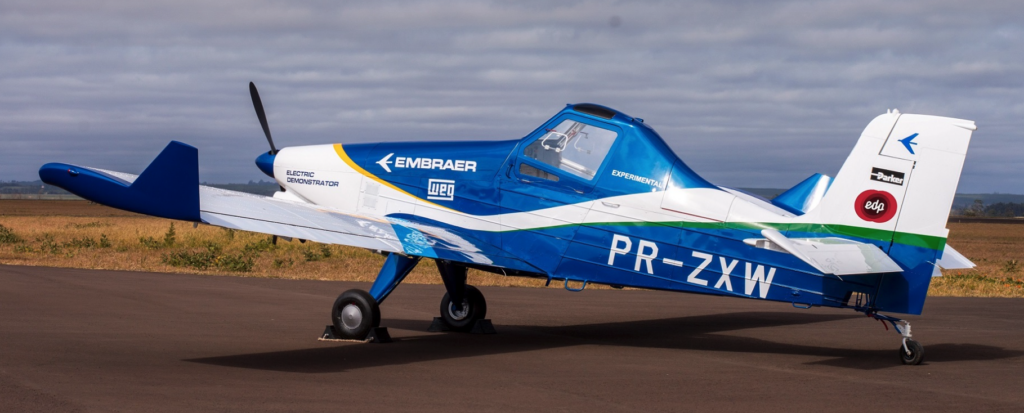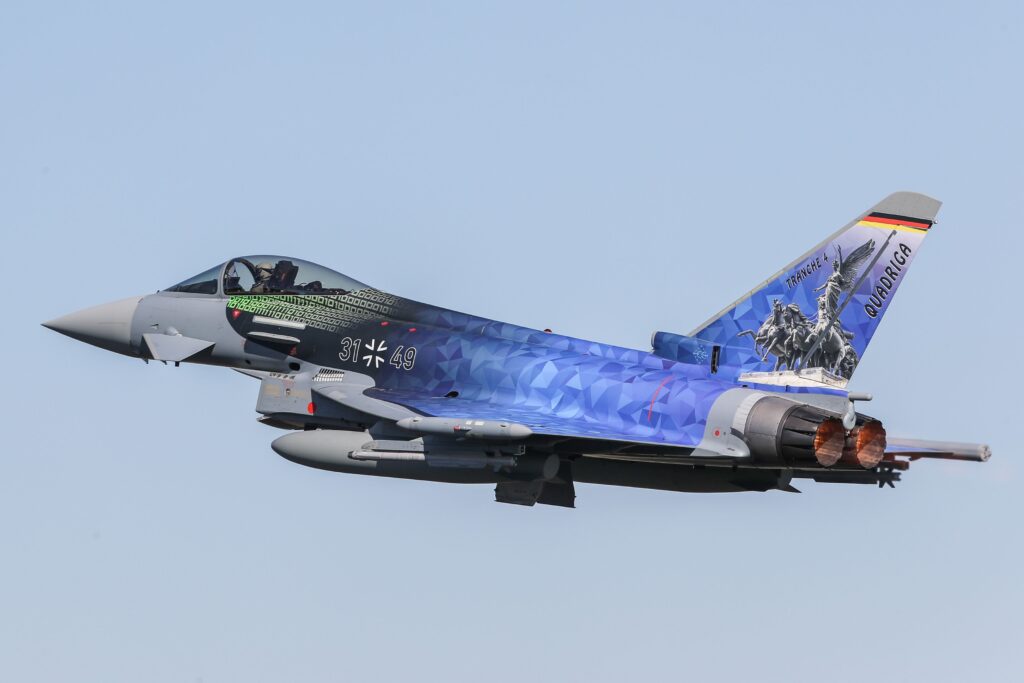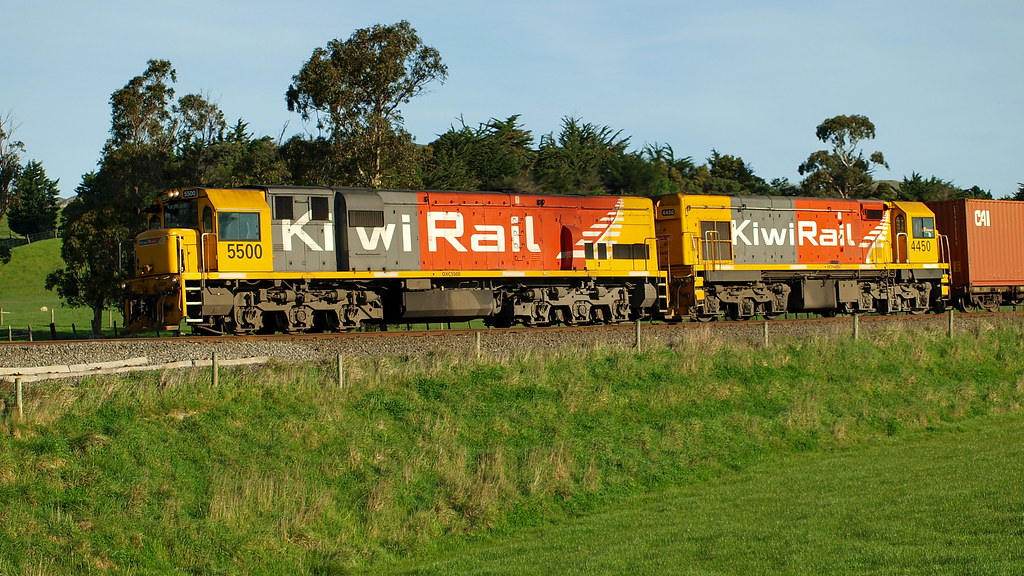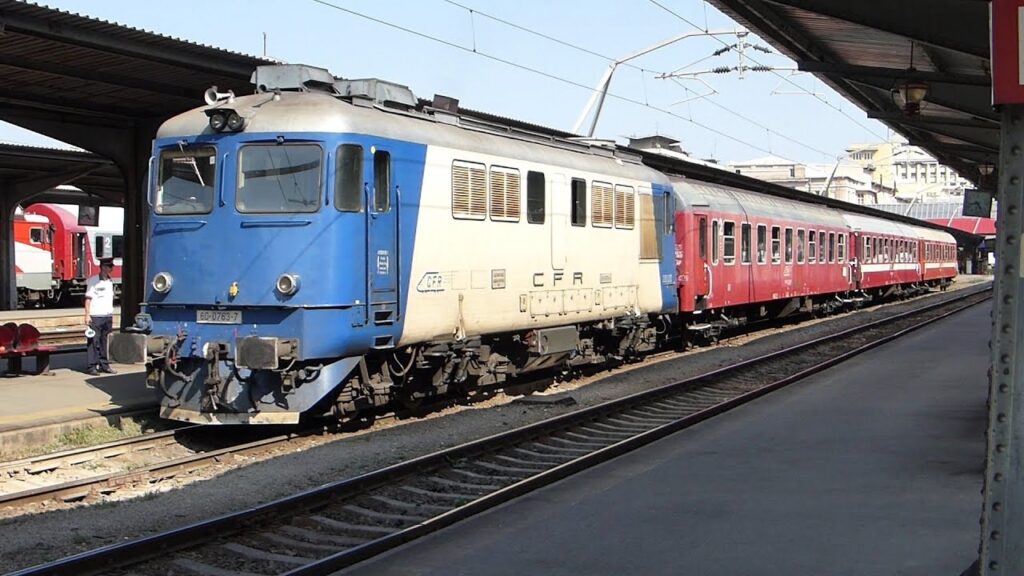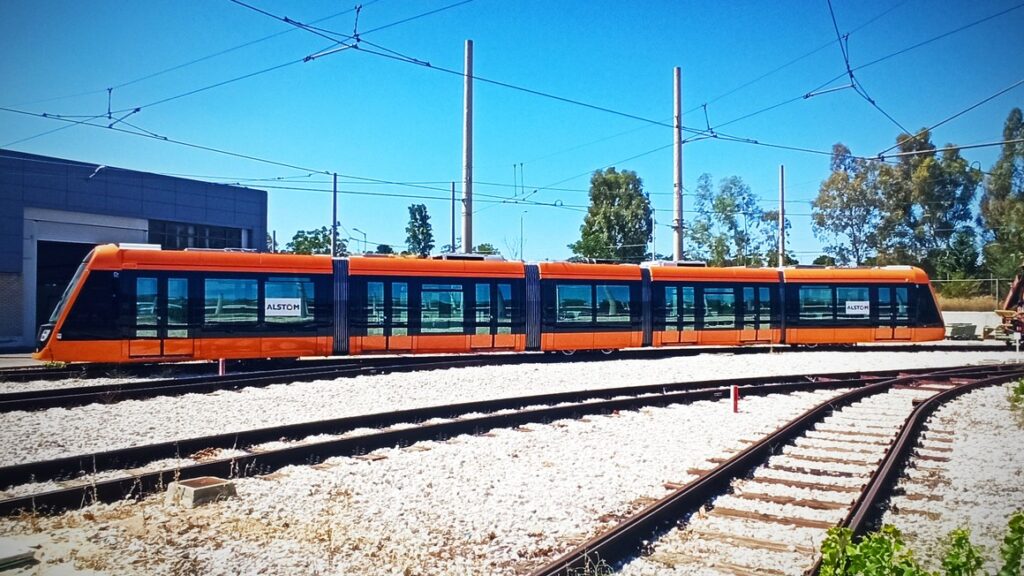Amtrak Seeking Contractors for New Carrollton Station Project
WASHINGTON – Amtrak is transforming Northeast Corridor train travel by enhancing the customer experience, both in stations and on board trains. As part of this effort, Amtrak is currently accepting Letters of Interest from interested contractors until…
